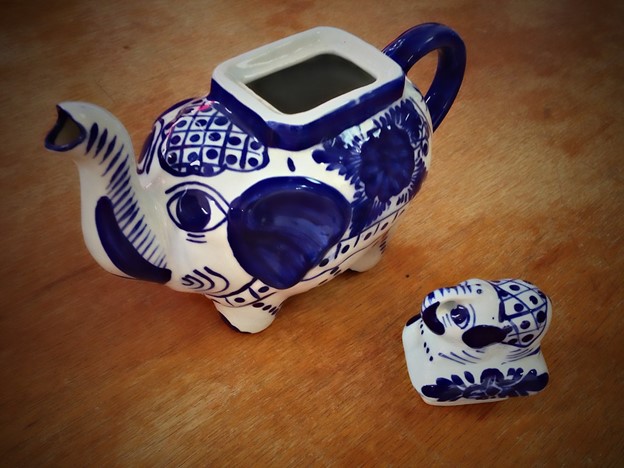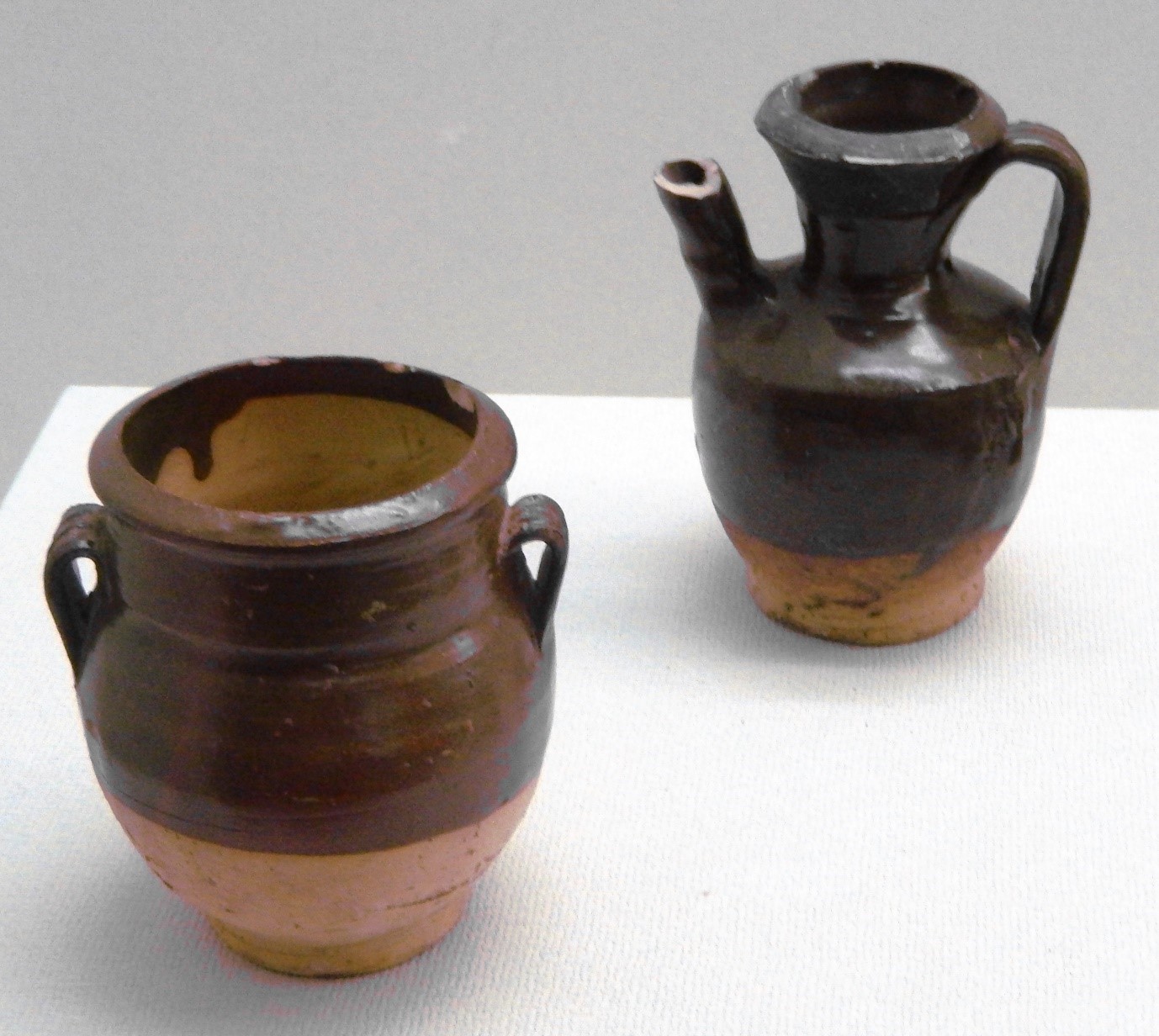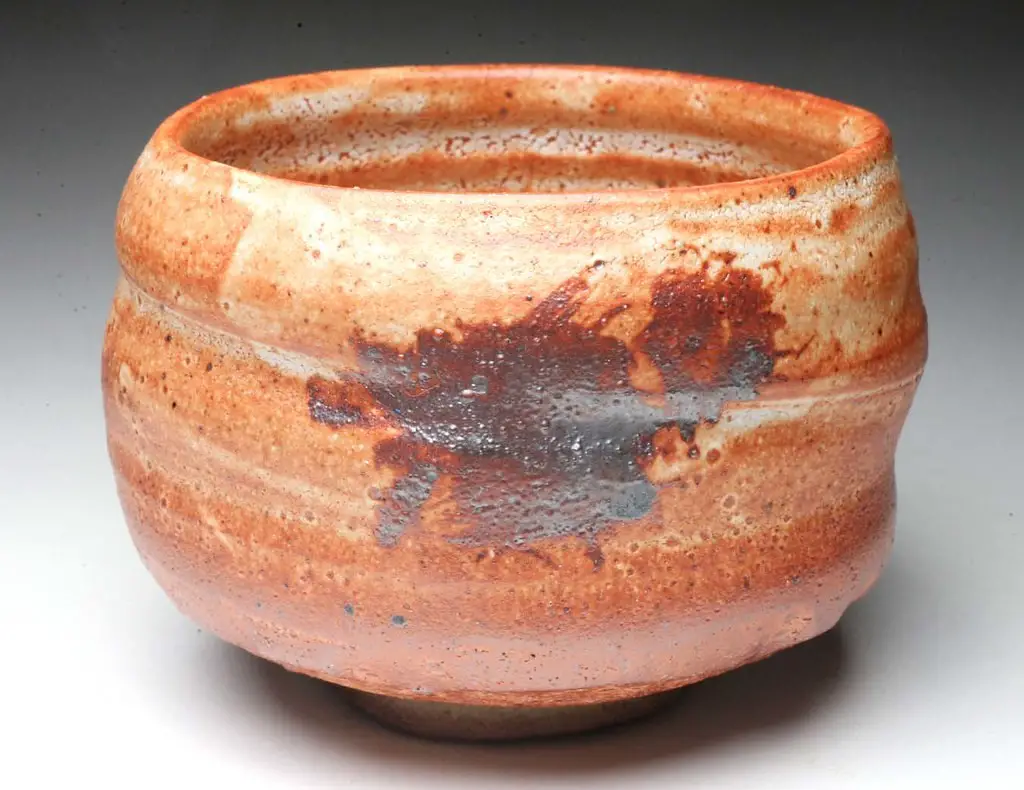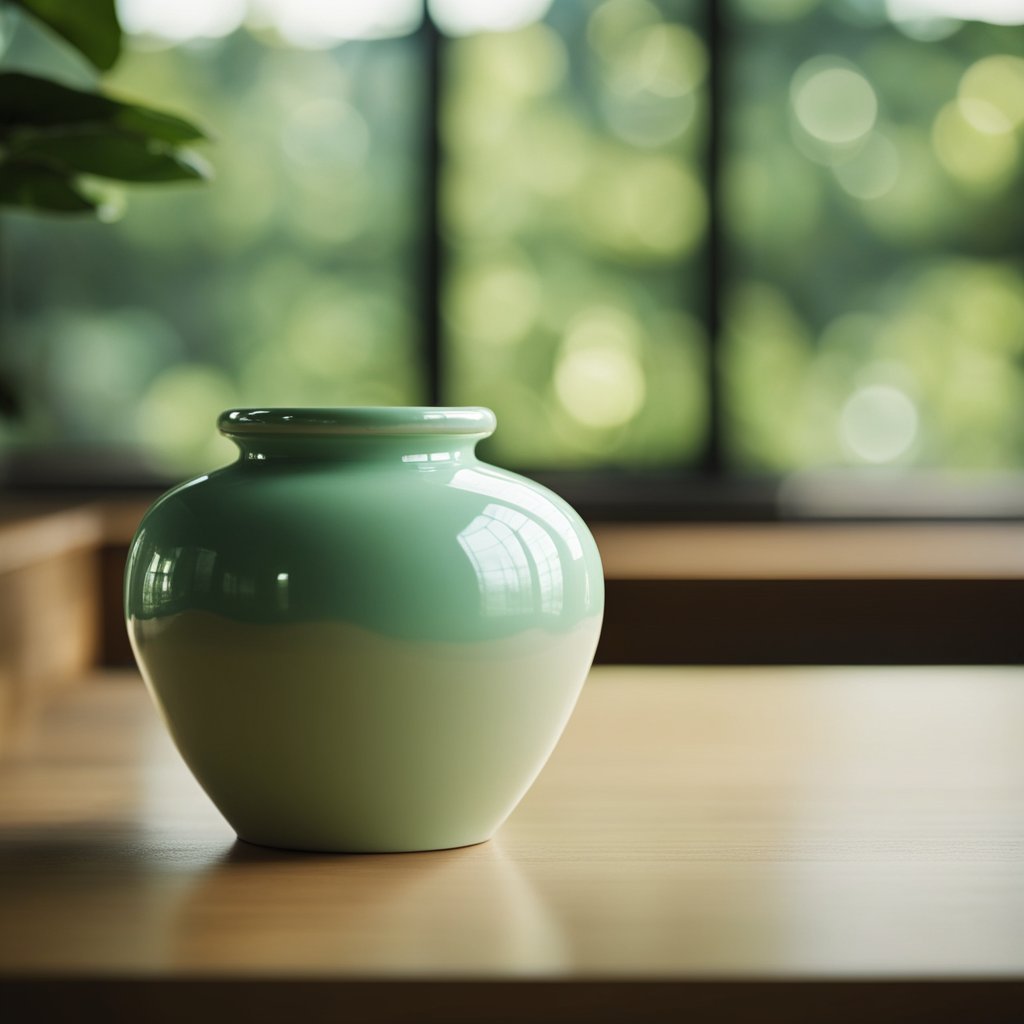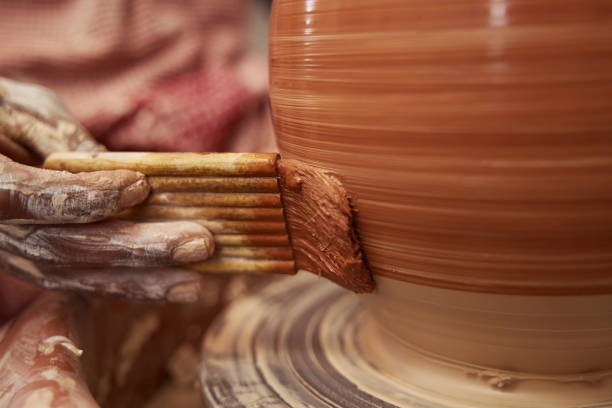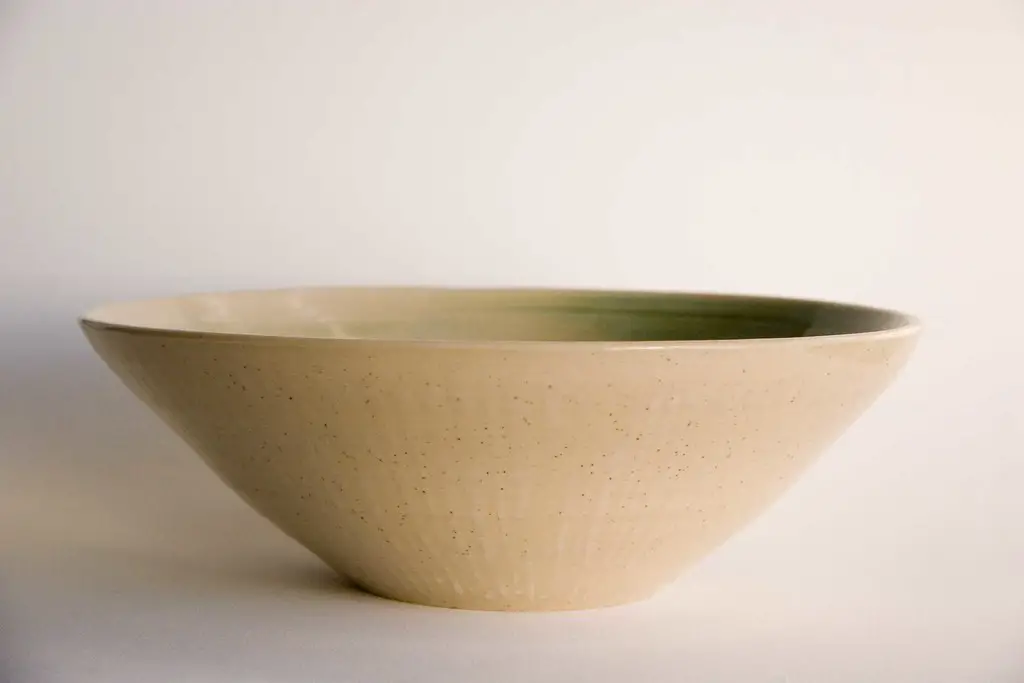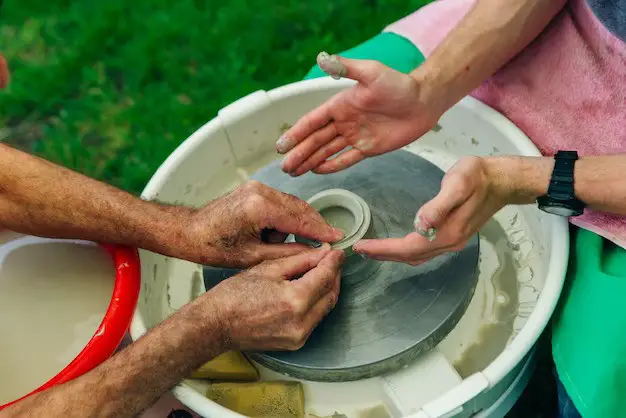With so many decorating and glazing options for potters, wax-resist can be a great tool to get rid of mistakes and deck up your piece as well. Wax resists give you ample options to decorate the pottery piece. Plus, it is also useful for glazing the feet, lids, rims, and basically any section of the pottery piece that you plan on keeping glaze-free. Inevitably, you need to clean up the wax-resist post-firing, which in itself melts away. Before you pin down the best wax-resist for your use, make sure you understand what it exactly is.
Understanding Wax Resist
Wax resists help you keep colors and glaze off certain sections of the pottery piece during the kiln firing process. Once you are done firing, you can use boiling water to remove the wax-resist from the melted-off pottery piece.
This is especially helpful when you plan on placing your pottery on the kiln shelves. Wax-resist can be dabbed on the base of the pottery piece to prevent it from sticking to the shelf.
So, what is the best wax resist for regular use?
Amaco Wax Resist: The Best Wax Resist
If you are looking for the best-quality wax resist for regular use, nothing can beat the benefits and features that come with the use of the green-colored Amaco Wax Resist. This product comes in packages of gallons and pints for potters to purchase in an amount that fits them best. The best thing about this wax-resist is the fact that it doesn’t fall off or peel off after drying out on top of a glazed surface which makes it perfect for decorative purposes.
However, purchasing gallon packages tends to be more economical. You can get yourself the gallon one if you practice pottery making on a regular basis. A gallon worth of wax-resist lasts about 12-15 months if you belong to a busy pottery community. But, if you aren’t an artist who practices regularly, a pint of the wax-resist would be your best bet. Just because it is cheaper and economical, you surely shouldn’t invest in it when you aren’t going to use it.
This wax resist does all you need it to do in terms of pottery waxing. Moreover, the green tint makes the wax-resist easy to notice on the bisque ware and when it drips inside the kiln during the firing process. When taken outright from the bottle, this wax-resist tends to be a bit on the thicker side. So, potters recommend that you water the wax down. You can mix about one-third or half tap water (hot) into the wax.
Product Specifications
| Brand | AMACO Wax Resist |
| Size | 1 Gallon |
| Product Weight | 8.35 Pounds |
| Non-Toxic | Yes; ACMI certified |
| Item Dimensions | 6.5 Inches X 6.5 Inches X 12.25 Inches |
| Color | Green |

How To Store Watered-Down Wax-Resist?
In order to store your watered-down wax resin, you need to make use of an old plastic or glass container that can be used to hold the designated brush for wax-resist. In order to make the cleanup easier, make sure you place the plastic plate beneath or take out the lid underneath. You also need to create a durable notched lid that can go around your brushes and prevent the wax resist from drying out. Apart from that, you can also top up your jar using more wax & water as needed. Keep in mind that the brushes & sides of your jar will experience wax build-up issues. To clean this, you can use boiling water.
How Can You Use Amaco Wax-Resist?
Some potters recommend painting the wax-resist at your desired location in the pottery piece, such as the bottom area. However, some potters prefer not to do that. The goal is to think about the piece. It would be easier for artists to clean the glaze without wax as opposed to cleaning it with wax.
If your pottery has a flat, large bottom similar to a plate, it is better to use wax to cover the bottom portion. If the pottery piece had a smaller foot ring, cleaning the wax would be faster and easier using a sponge. When using wax, the key is to refrain from using the wax where it isn’t needed. You wouldn’t want to waste your material, time, or energy, due to the drips.
- As explained above, it is better to use watered-down resist as it dries easily and causes fewer build-up issues on your bisque ware. All you require is a watered-down wax coat to prevent the glaze from being absorbed in places you do not want to. Water it down to a 1:2 or 1:3 consistency. Finally, stir the wax properly to mix it thoroughly. You can surely go thinner as is required for your pottery piece. However, you need to test out the consistency that works.
- When you apply the wax resist, make sure you check for puddles and drips in sections where the resist shouldn’t go. To get rid of the wax, one might need to bisque fire the pottery piece again. Alternatively, the wax resist can be removed by scraping/sanding action. You can pour some boiling water on top of the piece to remove the wax from your bisqueware. The thing you need to keep in mind is the fact that wax might get into the bisque ware’s pores, making it difficult to remove.
- Make sure you let the Amaco Wax Resist to dry out completely before initiating the glazing process. It might require the wax for about 15-30 minutes to dry out. However, the timeline can vary depending on the thickness of the wax-resist.
- As compared to cheap-quality wax resists, Amaco doesn’t peel when painted on a dried or chalky glaze. This is a great reason for one to invest in the Amaco Wax Resist.
Conclusion
Remember that burning and melting of wax-resist can create smell or smoke. This is why use your wax-resist only where it is needed. When using Amaco Wax Resist indoors in a kiln, it is ideal for venting the kiln. Make sure you always have a separate brush to apply the wax-resist on your potteryware. So, invest in the non-toxic Amaco Wax Resist and enjoy your pottery-making experience.

